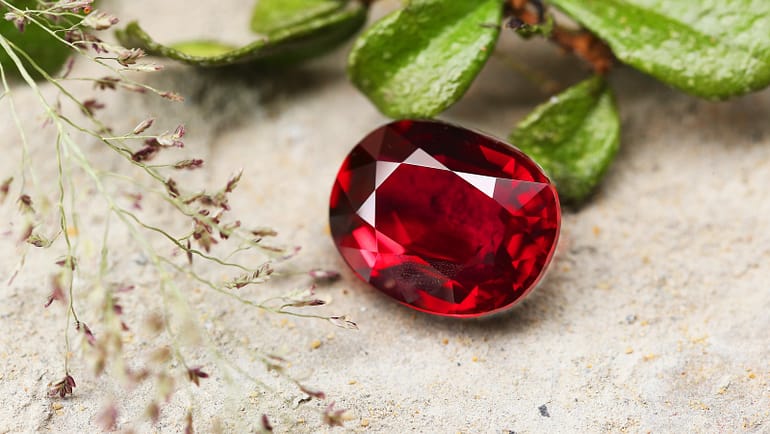- Home
- Page
Lab Grown Ruby
Lab Grown Ruby
Home > Lab Grown Ruby

Lab Grown Ruby
Lab-grown rubies are synthetic rubies that are created in a laboratory environment through a process called "verneuil process" or flame fusion method. These lab-grown rubies exhibit the same chemical composition and crystal structure as natural rubies, but they are created under controlled conditions.
Here are few key points about Lab Grown Ruby
Lab-grown rubies are primarily composed of aluminum oxide (Al2O3), also known as corundum. They may contain trace amounts of chromium, which give them their red color.
Rubies, whether natural or lab-grown, are one of the hardest gemstones with a Mohs hardness of 9. This makes them highly resistant to scratching and suitable for everyday wear in jewelry.
Lab-grown rubies can display the same range of red hues as natural rubies, from light pinkish-red to deep, vivid red. The red color is mainly due to the presence of chromium impurities in the crystal lattice.
Lab-grown rubies can be cut and faceted in the same way as natural rubies to enhance their brilliance and sparkle.
Lab-grown rubies are highly durable and resistant to heat and chemicals. They can withstand exposure to common cleaning methods and everyday wear.
Lab-grown rubies are considered an ethical and sustainable alternative to mined rubies, as they do not involve the environmental and ethical concerns associated with mining.

